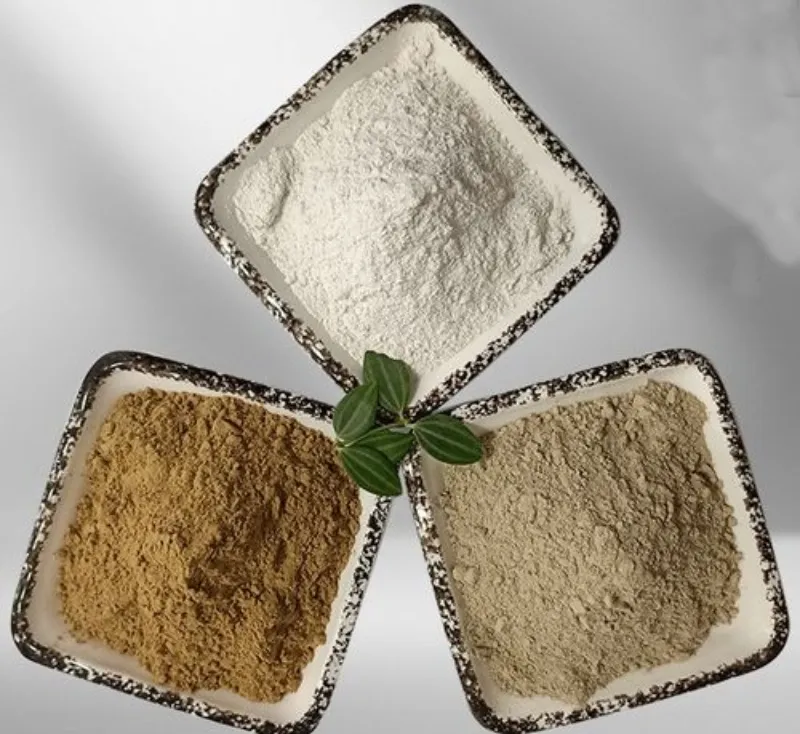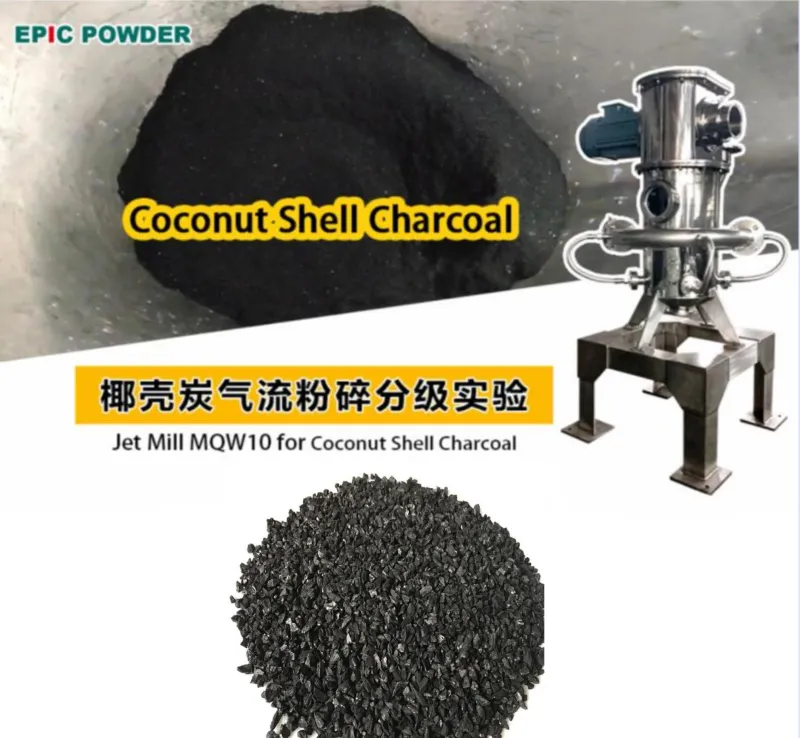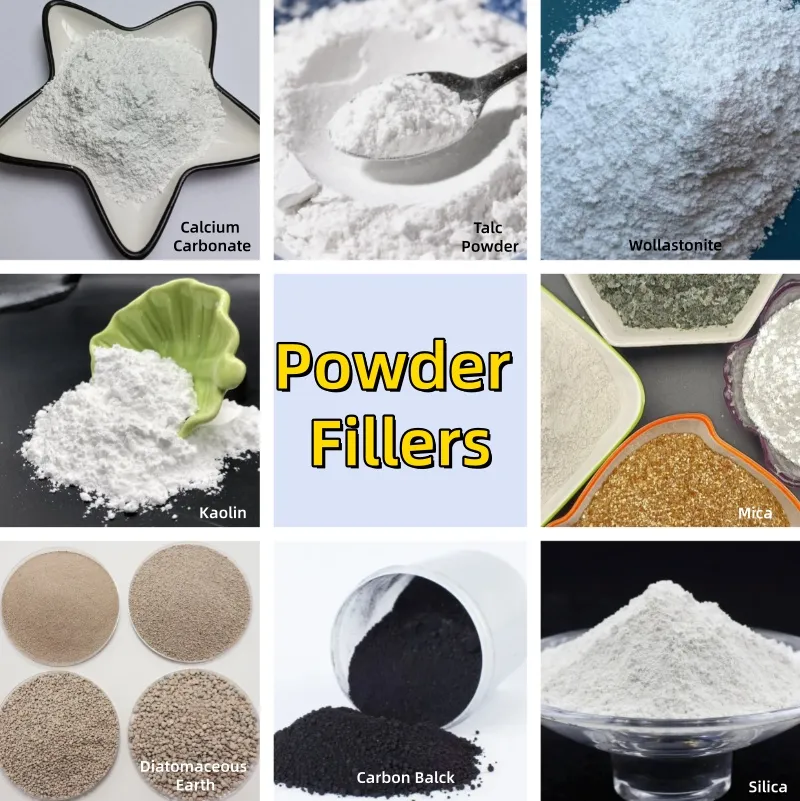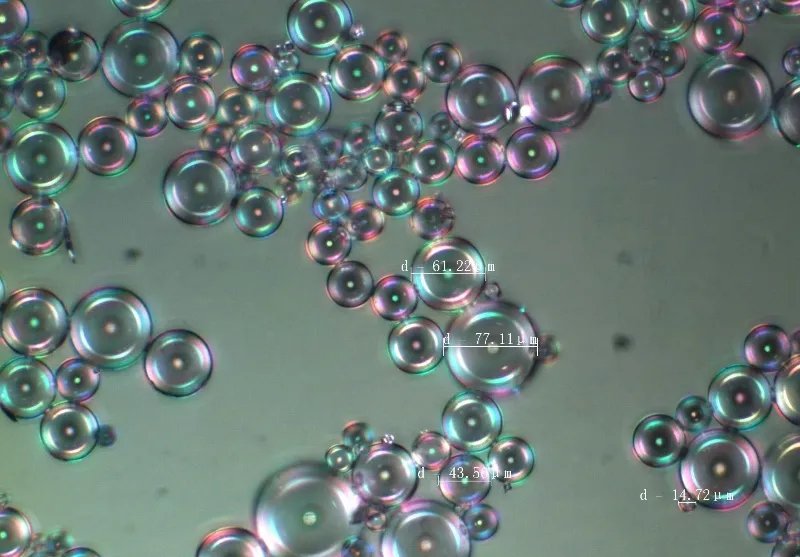What Techniques Are Used for Silicon Carbide Modification?
After mechanical crushing, ultrafine Silicon powder has irregular particle shapes. Due to its small size and high surface energy, the particles easily agglomerate. This results in poor dispersion, which is unfavorable for ceramic forming and sintering. Therefore, silicon carbide surface modification is required. It improves the dispersion and stability of the powder. This also enhances […]
Electronic Paste Is Not Just “Slurry”: It Is the Synergy of Functional Powder, Glass Powder, and Carrier

Electronic paste is a general term for paste-like or fluid electronic materials. It is typically applied through screen printing, inkjet printing, coating, pad printing, or 3D printing. The paste is deposited on substrates such as ceramics, glass, polymer films, silicon wafers, or metal bases. After sintering or curing, it forms functional films or patterns. It […]
Jet Mill: The Ideal Equipment for Glass Powder Grinding

Many people, when they first hear the term “glass powder,” instinctively associate it with crushed glass particles or raw material for glass production. In fact, glass powder is a high-transparency, scratch-resistant filler with fine particle size, excellent dispersibility, high transparency, and good anti-settling performance. After surface modification, it gains strong affinity and steric hindrance, allowing […]
King of Clays: Decoding Attapulgite

Attapulgite presents a unique one-dimensional rod-crystal morphology. Its crystals consist of silicon-oxygen tetrahedral sheets and magnesium (aluminum)-oxygen octahedral sheets. Inside the rod crystals, there are regular pore channels. This special microstructure gives attapulgite many excellent properties. The rod crystals interweave and form a fibrous aggregate. At the macroscopic level, it shows good flexibility and plasticity. […]
Jet Mills: The Ideal Solution for Coconut Shell Charcoal Ultra-Fine Grinding

As industrialization progresses, the demand for eco-friendly and high-performance materials has grown significantly. Coconut shell charcoal, as a high-quality activated carbon material, has been widely used in various fields due to its unique properties. To meet the market’s demand for fine particles, the production of ultra-fine coconut shell charcoal powder has become a key research […]
Research on Pyrolytic Carbon Black Pulverization Technology

Pyrolytic Carbon Black (PCB) is a type of carbon black obtained through pyrolysis of organic materials like waste rubber and plastic. It has a high specific surface area and strong physicochemical stability. It is widely used in industries such as tires, rubber, plastics, coatings, and inks. It serves as a blackening agent, filler, or conductive […]
Applications of Inorganic Non-metallic Powders in Powder Coatings

The rapid development of powder coatings has driven the demand for powder fillers. With market drivers in place, research into the application of various powder materials in powder coatings has become increasingly important. The main non-metallic powders used in powder coatings are calcium carbonate, barium sulfate, talcum powder, mica powder, kaolin, silica, and wollastonite. Fillers […]
Production Process and Applications of Hollow Glass Microspheres

Hollow glass microspheres are micron-level hollow spherical powder materials. They are processed through special techniques. Glass raw materials are transformed into a white, flowable powder. Their particle size ranges from 10 to 250 microns. The wall thickness is 1-2 microns. The interior has a hollow structure. This gives them unique properties such as low density, […]
How to Enhance the Hydrophilicity of Carbon Black Powder Particles ?

Enhancing the hydrophilicity of carbon black powder particles is key to improving their dispersion stability in water and increasing compatibility with polar media. This is crucial in fields such as coatings, inks, and rubber composites. Surface Chemical Modification Oxidation Modification Grafting Modification Physical Coating and Dispersant Modification Polymer Coating Dispersant Application Process Optimization and Auxiliary […]
